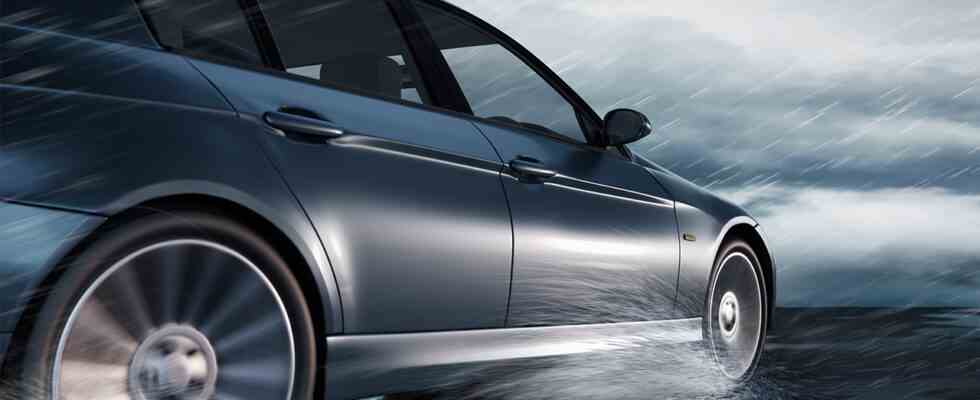Rainy weather is often challenging for drivers. In this context, paying attention to some tricks before you set off and while driving is enough to overcome the difficulties.
With the increase in precipitation, drivers in heavy rainy weather conditions; They are warned to check the tread depth of the tires, not to use the fog lights, and to take their feet off the accelerator pedal while aquaplaning.
Things to consider before setting off in rainy weather
- Consider whether your trip is really necessary during heavy rain or if it is better to wait until the rain stops.
- If you have to drive in wet weather, check your front wipers before you set off. Make sure your front and rear wipers are in good condition. If you are unsure, change it immediately.
- Check the tread depth of your tires. Uniroyal recommends a minimum tread depth of 3mm for summer or all season tires and 4mm for winter tires.
- Fill the fuel tank. Heavy rain often causes traffic to stop. The last thing you need is to stay on the road as you run out of fuel with your wipers, air conditioner and headlights running.
- Learn in detail about your vehicle’s air conditioning and heating systems to learn how to quickly remove the mist inside the vehicle.
- Use the radio or the internet to find out if there are any roadblocks, accidents or floods on your route, and change your route if necessary.
Turn on your dipped headlights in traffic
- Pay attention to your speed and keep a distance of at least 4 seconds between you and the vehicle in front of you. Even if you have rain tires, your stopping distance will be longer than on a dry road. If there is a vehicle right behind you, let it overtake you.
- Turn on your dipped beams. Do not use your fog lights.
- Beware of splashing water from trucks and fast moving vehicles. This may reduce your vision for a short time. Likewise, avoid speeding through puddles near pedestrians or cyclists, as your vehicle may also splash water.
- Vehicles break down more in rainy weather, as humidity can cause problems with electricity and engines. If your vehicle breaks down, keep the hood closed to avoid further damage. If your engine stalls after crossing large puddles, do not attempt to restart it.
- Losing contact of your tires with the road surface while driving through puddles can cause aquaplaning. If you feel the steering suddenly become lighter, take your foot off the accelerator pedal, reduce your speed until you regain control, but do not brake.
- At this point, it’s a good idea to lightly brush your brake pedal for some friction and heat so any remaining moisture evaporates.

